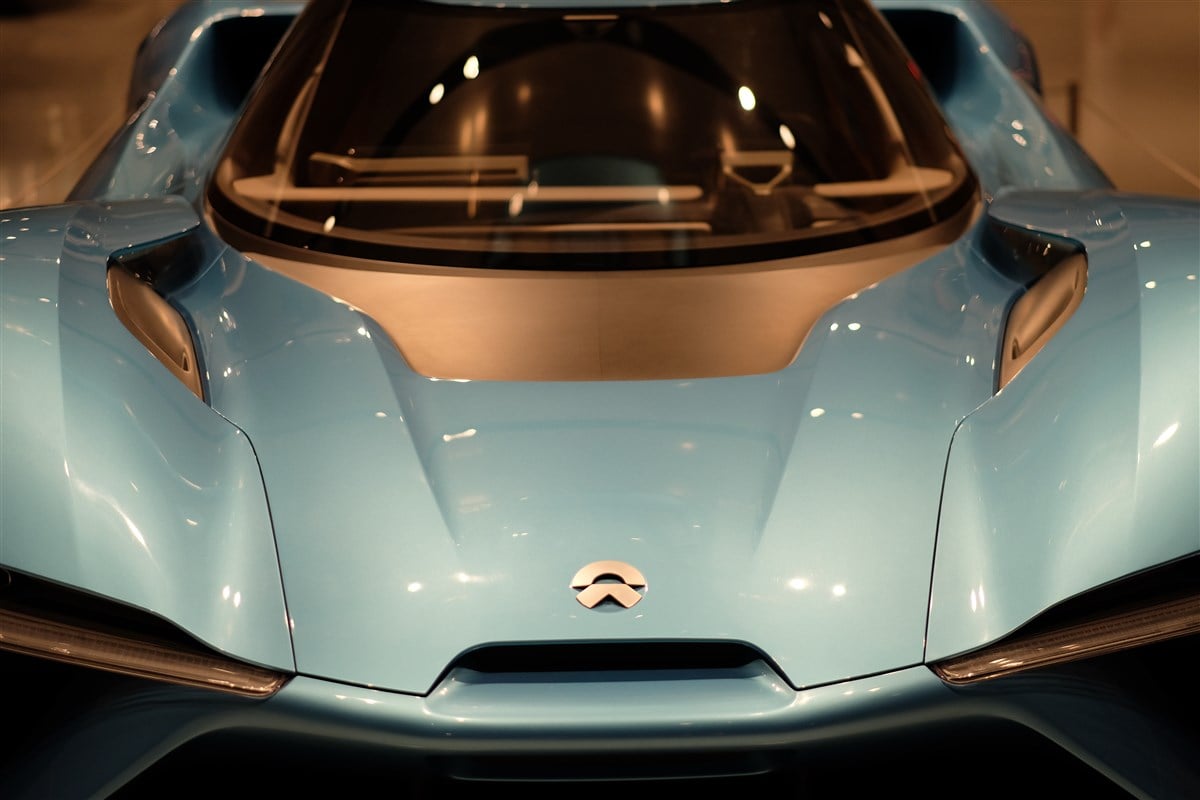
Today's market avoids Chinese stocks because the nation is "uninvestable." However, those who know where to look and what to look for may find some unbelievable value plays scattered across Asia's powerhouse. There are still several tailwinds to be digested by markets. However, they are all building a potentially bullish case for China.
Not all Chinese stocks are created equal. For example, plenty of industries like construction and energy stocks will likely remain in the dark due to a lack of excitement. Other sectors, like consumer discretionary stocks led by names like Alibaba Group (NYSE: BABA), could quickly become more popular among foreign investors. Today, the focus is on the electric vehicle space as a play for a consumer turnaround.
Leading the pack in that space, made famous by Warren Buffett when he bought it nearly two decades ago, is BYD (OTCMKTS: BYDDF), but that stock already had most of its run. It's time for small-cap Nio (NYSE: NIO) to be recognized for its explosive growth potential in this quickly growing pocket of China's economy. Before you get ahead of the pack, here's why you should start looking into China.
The Machine at Play
Not every investor sees China the same. However, some of the biggest players on Wall Street have looked to the nation's stocks as potential pockets of value to be squeezed in this upcoming cycle. Whether due to insight or coincidence, these fund managers are riding the tailwind of the government itself.
In its latest round of stimulus for the nation's lackluster economic activity, the Chinese government is injecting up to $278 billion in new liquidity and funds in the different asset classes offered to the public.
One of the main objectives of this stimulus is to trickle down benefits to the consumer level in an attempt to heat up inflation back to healthy levels. But they didn't stop there.
The big firms are not allowed to short-sell stocks in China anymore. Further, some names have even been slapped with a selling restriction, a playbook that acts as a floor of stability for the Chinese markets. Michael Burry, Ray Dalio, and other fund managers took notice and couldn't look away.
By buying into names like Alibaba Group, value investor Michael Burry (yes, the one who called the 2008 financial crisis) is expressing his bullish and optimistic outlook for the future of the company and the nation as well, and he's not alone.
Ray Dalio, the manager of the world's largest hedge fund (Bridgewater Associates), has been quietly buying into the iShares MSCI China ETF (NASDAQ: MCHI) since the third quarter of 2023. While these more oversized pockets are forced to go with the bigger recognizable names, you can focus on smaller ones that offer much more upside, such as Nio.
Why Nio?
Starting with analyst outlooks, this stock proposes 40% growth in its EPS for the next twelve months and a net upside of 112% according to analysts' price target of $12.3 a share. However, this is the consensus; some think it could go much higher than that.
How about a heck of a lot higher? Analysts at Citigroup (NYSE: C) think this stock is worth $19.20 a share, which calls for an upside of 232% from where the stock trades today. Now, that's something to write home about, isn't it?
So, what could be causing these analysts to suddenly be so bullish about this EV stock? Well, China has landed some preferential treatment from Chile's largest lithium miner and reserve holder, Sociedad Quimica y Minera de Chile (NYSE: SQM).
While the main agreement has been with BYD, the benefits will likely trickle down to the rest of the industry peers.
According to management, Nio delivered up to 8,132 vehicles in February alone and a total of 467,781 year-to-date. The stock trades at only 1.6x price-to-sales multiple, so it can be considered a bargain next to competitors like XPeng (NYSE: XPEV), who trade at a higher 2.4x multiple.
Considering that the stock trades at only 37% of its 52-week high price, you now have another reason to believe it could move much higher on its upcoming earnings announcement on March 5. Pay particular attention to the number of actual delivered vehicles and for management guidance into future deliveries as a gauge for demand coming to the company's bottom line.




